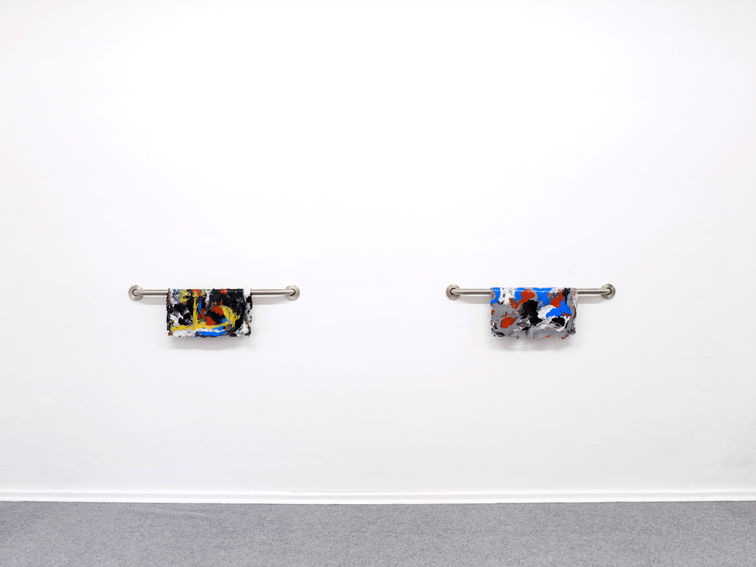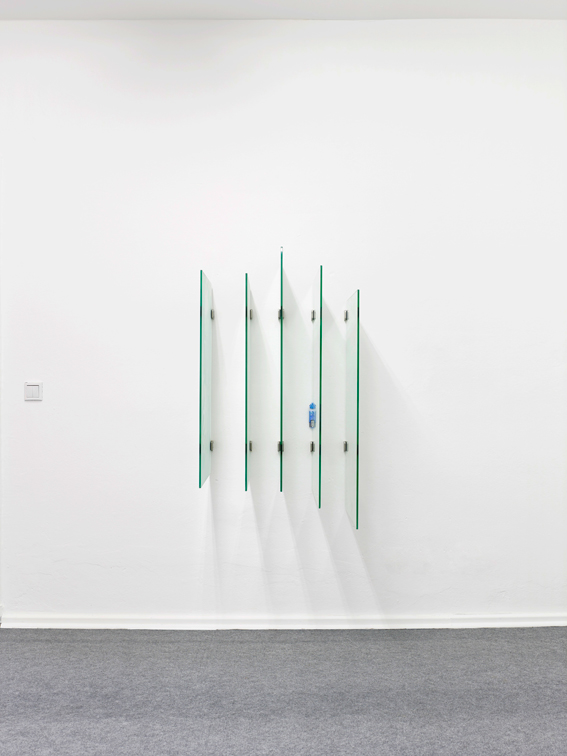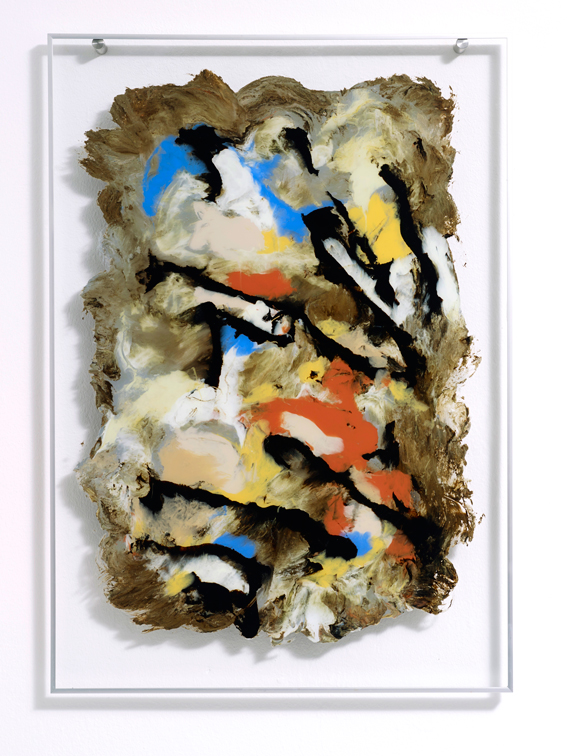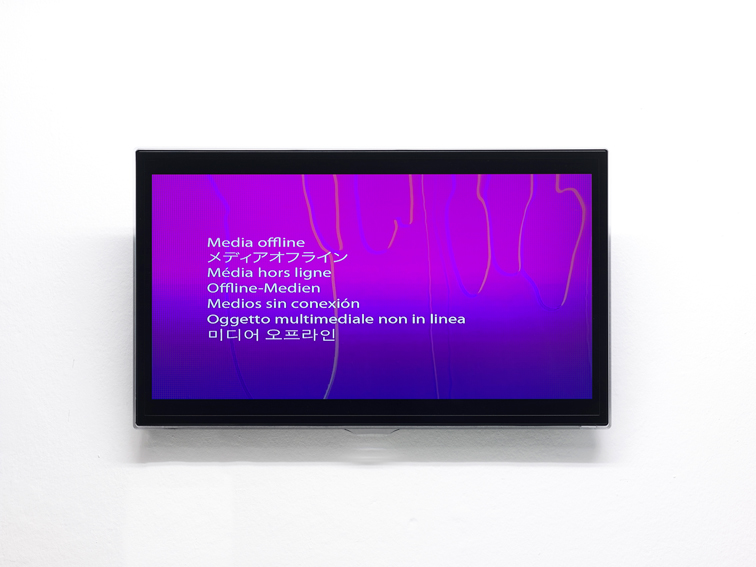Musica / Phantasia / Transformer / Vapores / Haraka - Movimiento / 255.155.2612 / Malinchismo / Kleingeld / Six Memos II / Usedomm / Autism Garden / Limits of the new real / Firma Matar / Because none of us../ Blue Majic/ ISO9001 / Reboot Horizon / The Poetics of salt/ Soneroses / Sunbathers II / D Show / Tiger Woods / Bear tries to beat heat / Nothing to see here/ Smudge - Work in progress / Info / info(a)taccetti.com / Santiago Taccetti
BEAR TRIES TO BEAT HEAT |
CLUB MIDNIGHT, BERLIN 2013 |
|
|
 |
 |
Tired Corporate Painting (I) ,and Tired Corporate Painting (II) |
 |
 |
Corporate – Public Sculpture |
 |
Corporate – Public Sculpture (Detail) |
 |
Corporate – Public Sculpture (II) |
 |
Corporate Painting (I) |
 |
Corporate Painting (II) |
 |
Oil on Canvas |
|
No one will have failed to observe that frequently the floor bends in such a way that one part rises at a right angle to the plane formed by the floor and the following section arranges itself parallel to the flatness, so as to provide a step to a new perpendicular, a process which is repeated in a spiral or in a broken line to highly variable elevations. Ducking down and placing the left hand on one of the vertical parts and right hand upon the corresponding horizontal, one is in momentary possession of a step or stair. Each one of these steps, formed as we have seen by two elements, is situated somewhat higher and further than the prior, a principle which gives the idea of a staircase, while whatever other combination, producing perhaps more beautiful or picturesque shapes, would surely be incapable of translating one from the ground floor to the first floor. You tackle a stairway face on, for if you try it backwards or sideways, it ends up being particularly uncomfortable. The natural stance consists of holding oneself upright, arms hanging easily at the sides, head erect but not so much so that the eyes no longer see the steps immediately above, while one tramps up, breathing lightly and with regularity. To climb a staircase one begins by lifting that part of the body located below and to the right, usually encased in leather or deerskin, and which, with a few exceptions, fits exactly on the stair. Said part set down on the first step (to abbreviate we shall call it the “foot”), one draws up the equivalent part on the left side (also called “foot” but not to be confused with the foot cited above), and lifting this other part to the level of the foot, makes it continue along until it is set in place on the second step, at which point the foot will rest, and the foot will rest on the first. (The first steps are always the most diffi cult, until you acquire the necessary coordination. The coincidence of names between the foot and the foot makes the explanation more difficult. Be especially careful not to raise, at the same time, the foot and the foot.) Having arrived by this method at the second step, it’s easy enough to repeat the movements alternately, until one reaches the top of the staircase. One gets off it easily, with a light tap of the heel to fix it in place, to make sure it will not move until one is ready to come down. (from Instructions for Climbing a Staircase by Julio Cortázar) |
